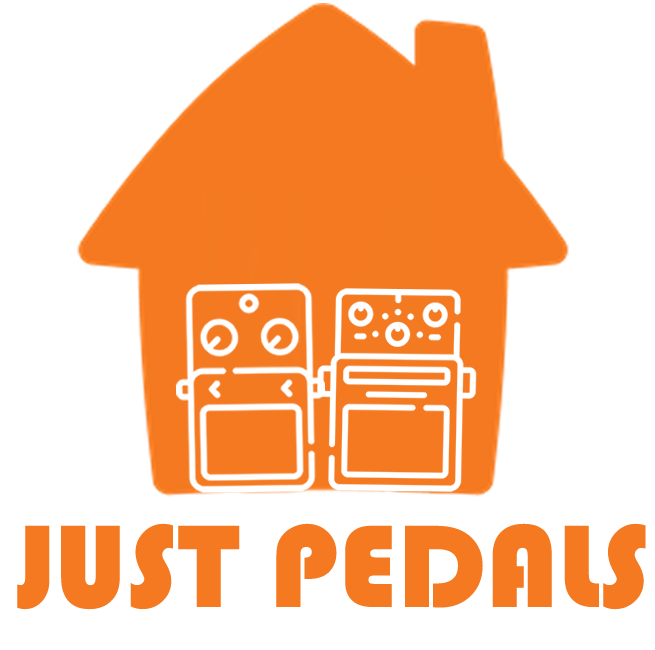just a load of Wah Video – Expectation VS Reality | Wah Pedal |
Wah Video – Expectation VS Reality | Wah Pedal |
Behringer ULTRA OCTAVER UO300 3-Mode Octaver Effects Pedal, Pack of 1
£24.36 £19.50
Create a monster sound by adding two additional tones using your guitar—one and two octaves below the original tone . Dedicated volume controls for all three tones for awesome sound shaping . Flexible three- mode range switch allows ultimate bass per… read more
JOYO Reverb Pedal Digital Stereo Guitar Pedal with 9 Reverb Effects Infinite & Trail Functions for Electric Guitar – True Bypass (PARA-VERB R-31)
£75.99 £64.59
JOYO stereo reverb pedal features 9 built-in digital reverb types, apart from the traditional MIX, HI-CUT, LOW-CUT and Decay adjustment. Each effect type can be stored as a preset for easy recall Infinite function for endless Reverb tail, an musical … read more
Boss DS-2 Turbo Distortion Guitar Effects Pedal
£86.00 £76.60
Classic BOSS distortion tones with added Turbo modes Turbo Mode I produces warm and mellow distortion with flat frequency response Turbo Mode II provides biting distortion with a mid-range boost, perfect for leads Built-in remote jack allows users to… read more
Behringer BDI 21 Bass Amp Modeler/ DI Guitar Effects Pedal
£26.87
Authentic v-tone modeling technology capable of dialing up big vintage tube tones, funky slap sounds, crunchy distortions and all in between Provides a truckload of great amps in a single stomp box—from traditional bass amps to modern overdriven amp … read more
STRICH Stereo Looper Guitar Pedal with Built-in Drum Machine, 100 Diverse Drum Patterns, 160 Minutes Recording Time, USB for Audio Import/Export, Software Editing for Electric Guitar, Black
£79.99
NOTE: This pedal can not take a battery – you need to buy a 9V DC power supply, NOT included, minimum 300mA, and center-negative adapter. Remember, the correct power supply is essential for operation Using an incorrect adapter may damage the pedal, a… read more
Jim Dunlop The Original Crybaby Pedal GCB 95
£104.99 £89.00
Heavy die cast construction for years of reliability The original crybaby wah wah pedal that has been a standard in the world of music since its introduction in the late 1960's 100k ohm hot potz potentiometer that allows for that quick, abrupt wah so… read more
















